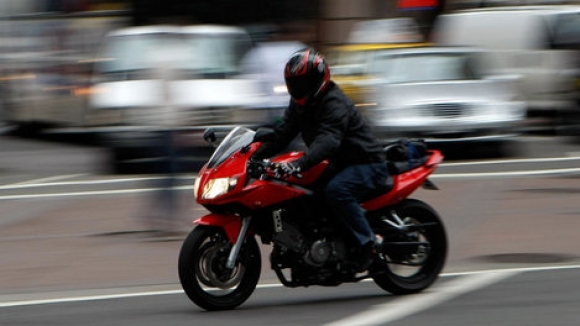Despite the relative small number of recorded traffic light violation related road accidents at intersections compared to the total number of road traffic accidents, the severity intensifies as drivers’ operating speeds increased. According to this study, drivers usually would speed up when they approached an intersection just as the traffic light turned red, thereby, increasing the severity level. Additionally, drivers’ traffic light violation behaviour was not entirely caused by the drivers themselves, as it was seldom linked to certain poor road physical conditions.
Consequently, this study helps policy makers and the general public gain better understanding of factors involving drivers’ decision to violate traffic light law, thus, providing a more concrete evidence for more effective road safety policy planning and implementation.
Objectives
- To study and analyse factors underlying drivers and motorcyclists’ traffic light violation behaviour, including driver/motorcyclist, vehicle and physical road condition factors.
Findings
- driver/motorcyclist factor: it was found that the majority of road users who violated the traffic light law (went through the red light) were male motorcyclists aged less than 20 years old who usually had manual motorcycles, did not wear helmets and travelled alone. Furthermore, this type of traffic law violations usually occurred among motorcyclists who were going through intersections on the main roads.
- Economic and social factors: it was found that motorcyclists who violated the traffic light law were usually self-employed and students who had primary education qualification and lower, had driver licenses but did not wear helmets. However, one interesting observation found in this study was that motorcyclists who had experiences being pulled over by police were less likely to go through the red light. As for drivers, the findings were similar to those of the motorcyclists, with the exception of occupations as drivers who violated the traffic light law were usually employees/staff of companies. Drivers of persona vehicles who did not wear the seatbelts had higher chance of running through the red light.
- Vehicle and physical road condition factor: it was found that intersections with higher number of traffic lanes and larger lane widths, with no assigned U-Turn lane, and with conventional vertical array of round traffic lights tended to have more traffic light violations. Furthermore, time of day and road conditions also played a part in explaining such violation. Night time drivers/motorcyclists and those turning right were more prone to run through the red light.
| Project’s Key Researchers: | Dr.Kanwee Kanitpong and team, Thailand Accident Research Center, Asian Institute of Technology |
| Project’s key supporters: | ThaiRoads Foundation and the Thai Health Promotion Foundation |
| Year of Publication: | 2014 |
| Published documentation: | Report |

